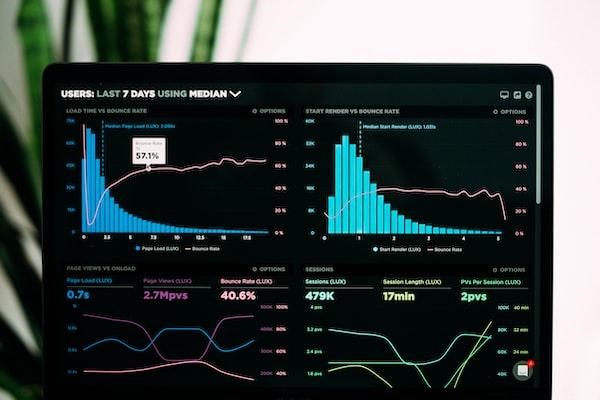What Is the Meaning of Data Virtualization?

Data virtualization is an important data management tool for businesses of all sizes. But what is data virtualization, exactly? And how does it work? In this article, we’ll explore the meaning of data virtualization and how data virtualization solutions can benefit your business. Keep reading to learn more.
What is data virtualization?
Data virtualization is the process of consolidating data from multiple data sources into a single view that can be accessed and used by authorized users. This view can be used for reporting and analytics or to support decision-making.
The data is not physically stored in the same location as the original data but is instead stored in a separate, secure location. Data virtualization can be used to create a backup of data, to allow access to data from different locations, or to allow multiple users to access data simultaneously.
Data virtualization also allows users to combine data from different data stores, regardless of the structure of the underlying data stores or the distance between them.
What is the role of a data virtualization layer?
A data virtualization layer sits between the user and the various data stores, acting as a broker between them. It extracts information from each store in a standardized format, then combines it into a single view. This can be done on the fly, or it can create an intermediary “virtual” database that is populated with data from all the underlying stores.
The role of a data virtualization layer is to make it easier for users to access and analyze data from multiple sources. It provides a single point of access to all the data, regardless of its location, and eliminates the need to write complex queries or map fields between different databases.
What are the different types of data virtualization?

There are several different data virtualization methods businesses can use, depending on their specific needs and goals. Common types of virtualization include:
Server-side: Servers host the consolidated data store, which is then accessed by client machines. This type of virtualization is used when there is a need to have centralized control over the data or when security concerns prohibit access to certain information from outside the organization.
Client-side: Client machines host the consolidated data store, which is then accessed by servers. This type of virtualization is used when there is a need to have more granular control over who can access what information or when performance concerns require that the processing take place on the clients’ machines instead of on dedicated servers.
Data federation: Data federation combines multiple separate data stores into a single logical view, regardless of where those stores are physically located. Federation occurs through the use of metadata that describes each data source and how it relates to all other sources in the federated set.
Data integration: Data integration combines multiple separate data sets into a single cohesive whole. Unlike federation, which relies on metadata to stitch together disparate sources, integration occurs through direct manipulation of the underlying data itself. This can be done either manually or through automated processes such as ETL (Extract, Transform, Load).
What are the benefits of data virtualization?
The benefits of data virtualization include improved performance, accelerated time to value, and increased agility. By consolidating data into a central repository, organizations can improve performance by avoiding the need to query multiple data stores.
Data virtualization also accelerates time to value by allowing organizations to quickly create reports and dashboards based on consolidated data.
And finally, by consolidating disparate data sources into a central location, organizations can increase their agility by making it easier to respond to changes in business needs.
Data virtualization is important because it allows for the aggregation of data from multiple data sources into a single location. This can help to improve performance and efficiency, and it can also help to improve the accuracy of data. Overall, data virtualization can play a very important role in the success of a business.





